How to be creative using NBP, not AI

Creativity ranks highly as a sought-after ‘soft skill’. Yes, creativity can be taught. And no, it isn’t all about AI. Rather, it’s about NBP – natural brain power…
Creativity is much valued by employers
A recent survey identified creativity as being “the most valuable soft-skill” to c-level executives and senior managers. So that makes creativity a ‘good thing’ to encourage in your students.
Here’s a fun activity that does just that. I’ll explain the activity first, and then discuss why it works, and how it underpins all creativity.
A fun creative activity
Let’s be creative, and invent a new game.
You might have your own way of doing this, or a particular method you prefer. That’s fine. But just in case you haven’t come across this one, let me describe it. This works best with the class working in groups of about six.
Step 1 – Define the focus
My experience is that if the focus of the activity is too diffuse – ‘invent a new game’ – then a group wastes time arguing at cross-purposes, with different participants thinking about very different sorts of games. So I prefer to narrow the focus by identifying a specific starting point – ‘invent a new game starting from chess’, ‘invent a new TV game starting from Pointless’…
Step 2 – Write down what you know
The instructions for this step are “Working individually, and in silence, spend the next ten minutes making a list of everything you know about chess” (or whichever game you are using). During that time, everyone makes their own list, for example, ‘there are two players’, ‘pawns capture diagonally’, ‘the castles are placed at the corners’…
Some will know more than others, but that doesn’t matter – it’s not a test. And even those who don’t like chess or who have never played it are likely to know that there are two players, lots of pieces, and a board. That’s fine.
Step 3 – Share
Ten minutes to write down what you know is enough, and is the preparation for this step, in which all the members of the team share their individual lists to compile an aggregate list, combining all the individual points.
There are many learning opportunities here – not about chess (or whatever), but about oracy, about listening, about not ‘hogging the limelight’, about enquiry (“I don’t understand that, would you explain, please?”), about handling disagreement (“You’ve just said the pieces are black and white. I’ve played chess with pieces that are red and white…”), about respect, about teams, about communication (aha! that’s the top “soft skill” for recruiters)…
Step 4 – Choose one item, and ask “How might this be different?”
This is the creative step, in which the team chooses one item on the list that has just been compiled, so triggering creativity’s most important question, “How might this be different?”. And ideas will begin to flow…
Take for example, ‘there are two players’. How might this be different? In lots of ways… for example…. just one player is chess against a computer, so that already exists. But how about 4 players? How might that work? How might the players be organised? One possibility is in two teams of two, with players taking alternate moves, like in doubles tennis. Another is that ‘Ali’ plays ‘Sam’ for, say, 5 moves, and then ‘Alison’ and ‘Samantha’ take over for the next 5. Or maybe the switch takes place as the result of an event, such as whenever there’s a capture. And suppose ‘Alison’ and ‘Samantha’ are in a different room, and haven’t been watching those first 5 moves, but take over the position ‘from scratch’…
Step 5 – When that conversation peters out, choose another item…
The list compiled in Step 3 will contain many items, so when the discussion of any one item slows down, that’s fine – just choose another item, and do the same again… and even more ideas will be generated.
Take, for example, ‘pawns capture diagonally’. How might that be different? Suppose, for example, that pawns capture directly ahead. That transforms the entire game, for that standard opening move ‘pawn to king 4’ just doesn’t work…
You get the idea…
Why this works
This process is not an accident, nor is it ‘random’ – rather, it is based on Arthur Koestler’s insight into creativity that
The creative act is not an act of creation in the sense of the Old Testament. It does not create something out of nothing; it uncovers, selects, re-shuffles, combines, synthesises already existing facts, ideas, faculties, skills. The more familiar the parts, the more striking the new whole.
As I discussed in a blog posted on FE News on 30 May, this implies that, in essence, creativity is the discovery of a new ‘pattern’ – and the easiest way to do that is to take an existing ‘pattern’, disaggregate it into its underlying component parts, and then to ask “how might any of those existing parts be different?”, so ‘forcing’ a new pattern, a new idea.
That’s exactly what this process does. ‘Chess’ is the existing pattern; steps 2 and 3 disaggregate that pattern into its component parts, and step 4 forms a new pattern.
Try it. It works.
Creativity is not a search for novelty, but for difference
There’s something deeper happening too.
There’s a widespread belief that creativity is about the search for, and eventual discovery of, something new.
Unfortunately, that quest is both very difficult, and looking in the wrong direction.
The difficulty lies in the word “new”.
Suppose, in your head, you have an idea. How do you know whether it’s new or not?
What you can do, of course, is to test the idea for “newness” against other concepts you store in your head, in your memory, in your experience. Or – if you’re brave enough – you might articulate your idea and test it against the memories and experience of others. The best that you might achieve is to agree that no-one has come across that idea before – but that is far, far from confirming that the idea is “new”.
And even if the idea is not “new”, does that invalidate it?
Surely not, for there are any number of ideas that were not “new” when they were re-suggested, and at last adopted – and some very important ideas too. The abolition of the slave trade in 1807, for example, when it became illegal for any British subject or British ship to trade in enslaved people, had long been on the table – indeed, in 1776, long before William Wilberforce’s campaign of 1788, the House of Commons debated the motion “that the slave trade is contrary to the laws of God and the rights of men”. And as for right for women to vote, that has a long history too.
Furthermore, it’s not novelty that counts.
It’s difference.
Different from what is happening now. And ideally better too.
Once that penny drops, creativity becomes much, much easier. And that’s because what happens now is all around us. You, and I, can see it, touch it, feel it. So you and I can describe, in as much detail as we both can, what “now” looks like, feels like, is like. That’s the “in silence, write down what you know” step in the activity.
And since you might notice things I don’t, by sharing (that’s the next step), we, collectively, can compile a much richer description than either of us can individually.
That ‘rich description’ then provides a detailed picture defining many features of “what now looks like”, so setting the stage for the step in which the creativity happens – if you take any feature of that description, and ask “how might [this] be different?” (that’s Step 4), ideas will flow and flow…
Observation, curiosity and permission
This process of creativity, of discovery, of independent thinking, is underpinned by three fundamental principles.
The first is observation, along with observation’s near neighbour, knowledge, as required to describe “now” as richly as possible. If I don’t notice, or know, for example, that a rule of chess is that each square can be either vacant, or occupied by a single piece, it makes it much harder to ask the (intriguing, and far-reaching) question “How might that be different – what might happen if two pieces could be on the same square simultaneously?”.
If you want your students to be creative, encourage them to be exquisitely observant, to notice things – and that can happen from a very early age. Also, encourage them to learn. The more knowledge you have, the richer the source of material available to you to be creative. So often, “creativity” and “learning” are positioned as mutually exclusive alternatives. No, no, no. They are totally complementary, the one stimulating the other.
The second is curiosity, and a willingness, if not drive, to ask “how might [this] be different?” of everything around you. That does not, repeat not, imply that all answers to that question will correspond to “good” ideas. Far from it. My rule-of-thumb, working “seriously” with my clients, is that about 1 idea in every 100 will be “good” – but the other 99 are often stepping stones to that nugget; ideas that, though discarded, are a necessary part of the landscape of creative exploration, a landscape that requires curiosity to navigate. (And let me mention here that the judgement of whether any idea is “good” or “poor” is itself a separate process, subsequent to creativity – but that’s all another story…).
And the third fundamental principle is permission – the permission to be curious. So if the boss leans forward, looks you in the eye, and says “Don’t be so stupid!” that boss has just killed any creativity that you, and everyone else within earshot, might ever have.
This goes far beyond inventing new games for chess
This process is not the only way to generate ideas ‘on demand’, but let me assure you that it works. My day-job is doing this, for real, with clients in every sector, at every scale. It’s been used to invent new products, to improve processes, to discover better ways to negotiate contracts, to help build more highly-performing teams, to formulate corporate strategies, to identify ways in which machine learning algorithms might operate more quickly and efficiently, to open up new methods of chemical catalysis, to design new school curricula, to mention just a few.
And, as you can tell, it’s not about AI, but about NBP – natural brain power – a faculty with which we are all endowed.
FE News on the go…
Welcome to FE News on the go, the podcast that delivers exclusive articles from the world of further education straight to your ears.
We are experimenting with Artificial Intelligence to make our exclusive articles even more accessible while also automating the process for our team of project managers.
In each episode, ourIn each episode, our thought leaders and sector influencers will delve into the most pressing issues facing the FE sector, offering their insights and analysis on the latest news, trends, and developments.
Dennis Sherwood is an independent consultant, a campaigner for reliable exam grades, and author of 15 books, including Creativity for Scientists and Engineers, winner of the “Specialist Business Book” category of the 2023 Business Book Awards.


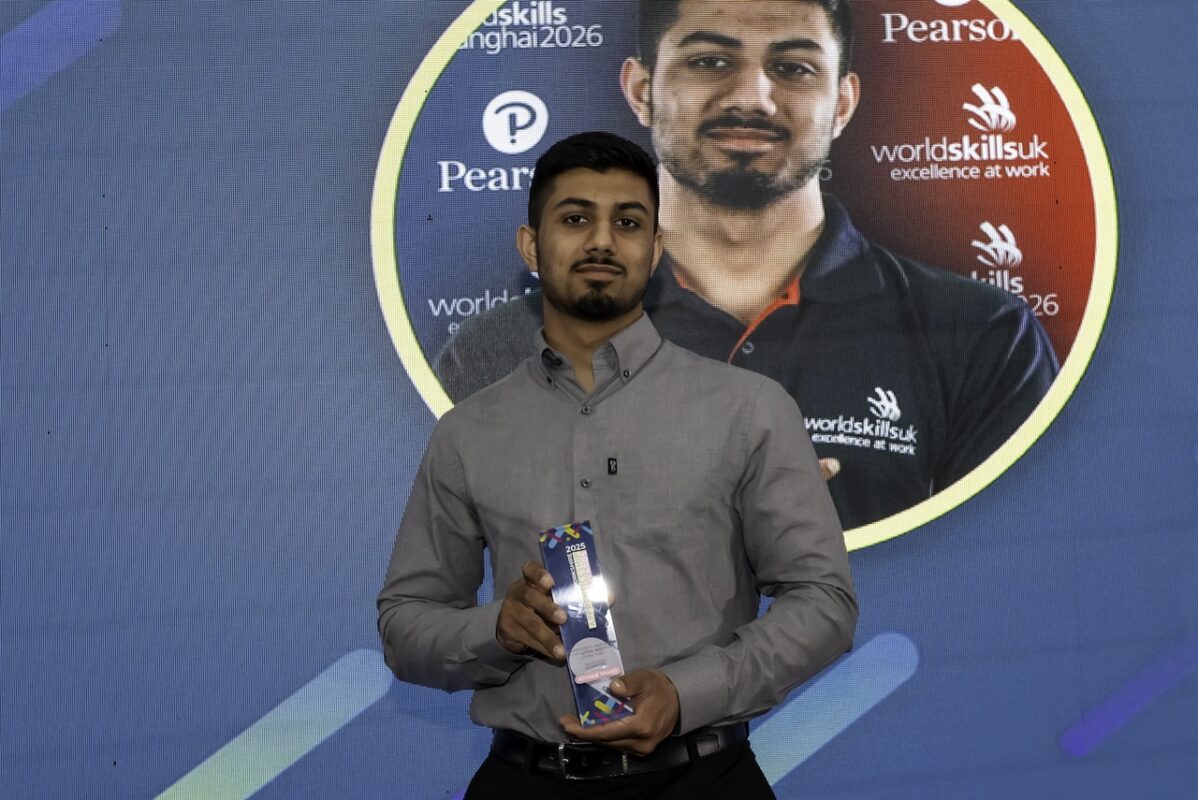



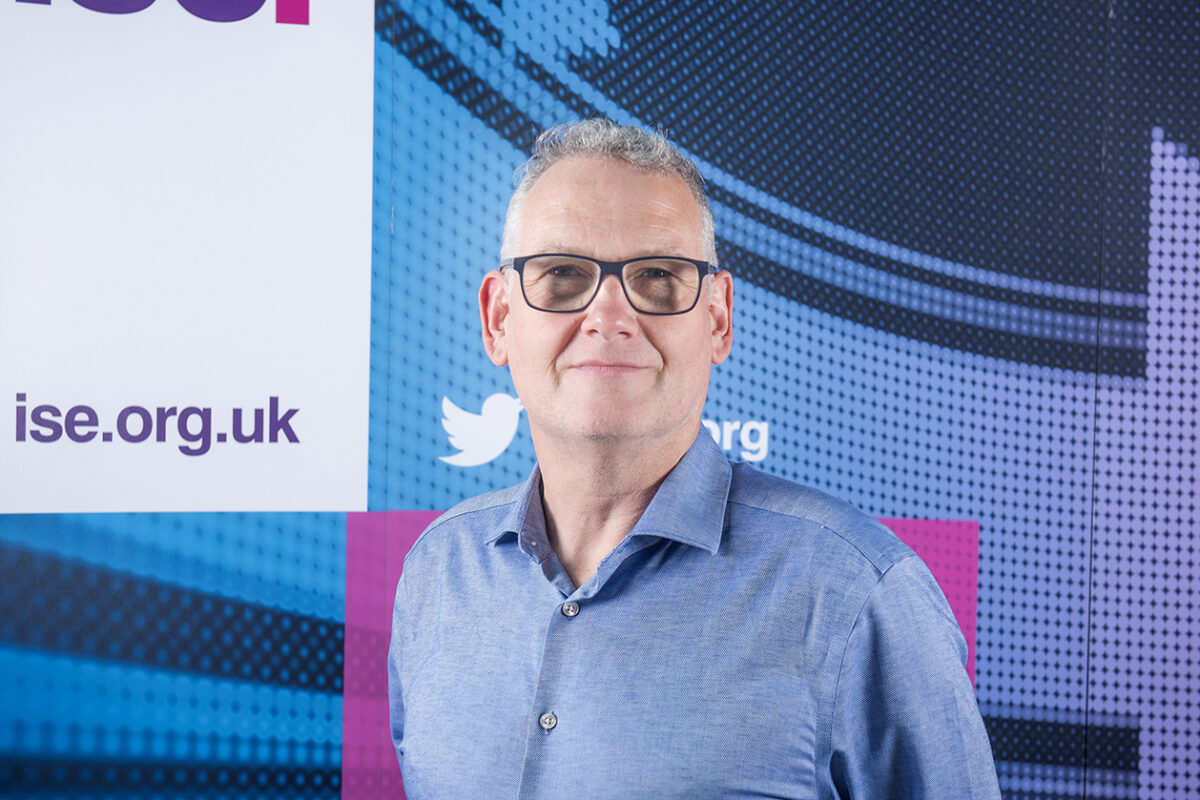

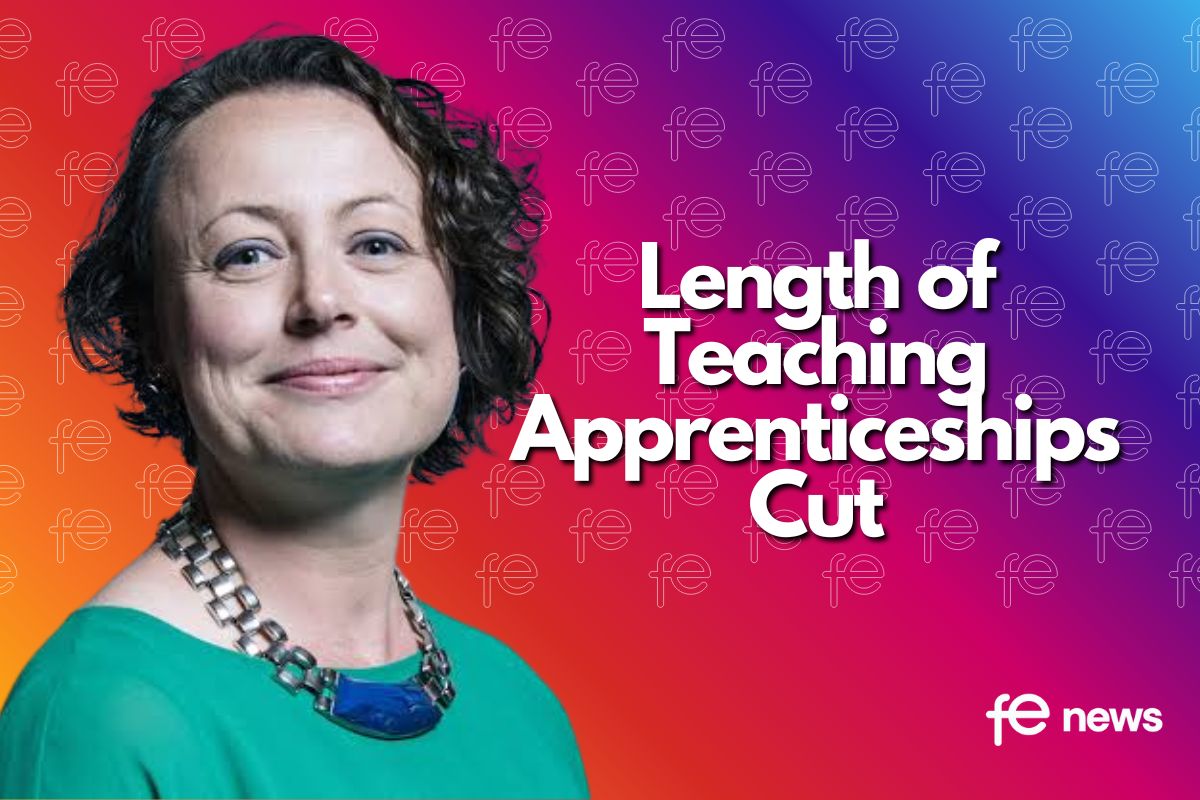
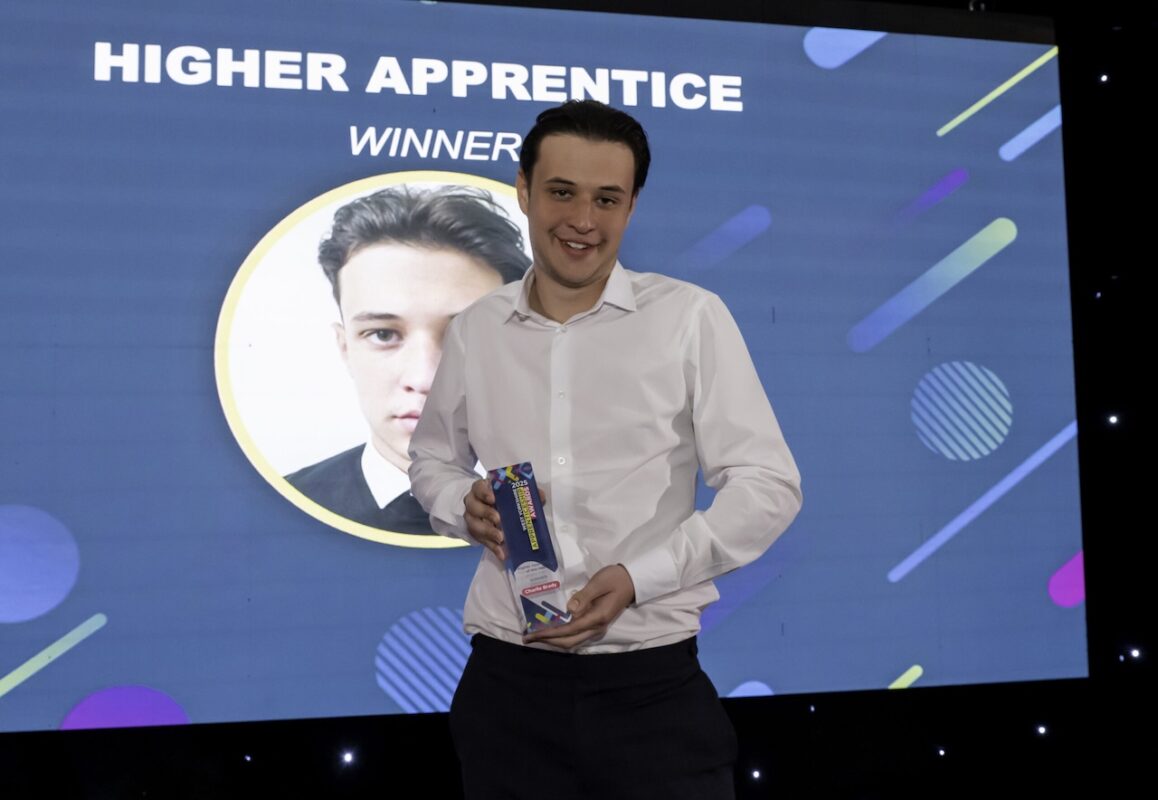

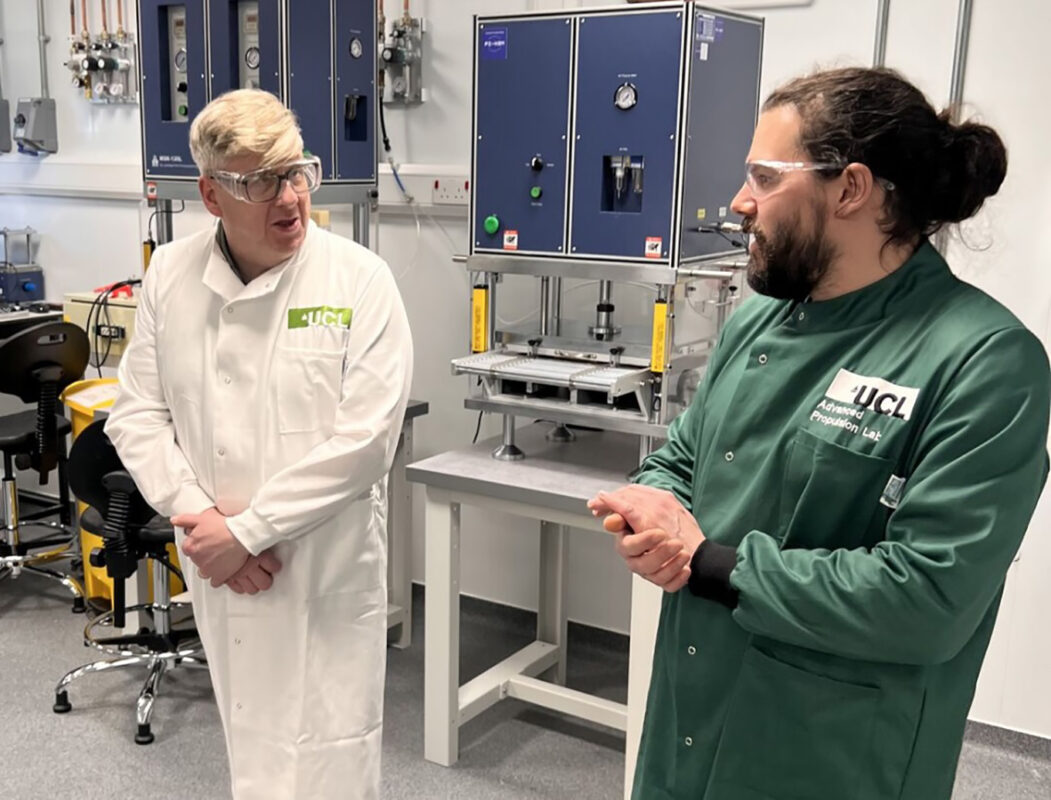
Responses